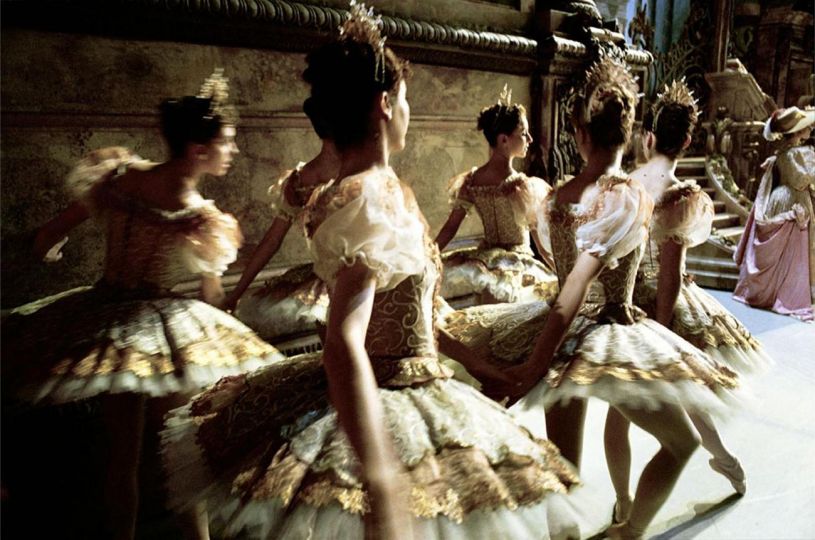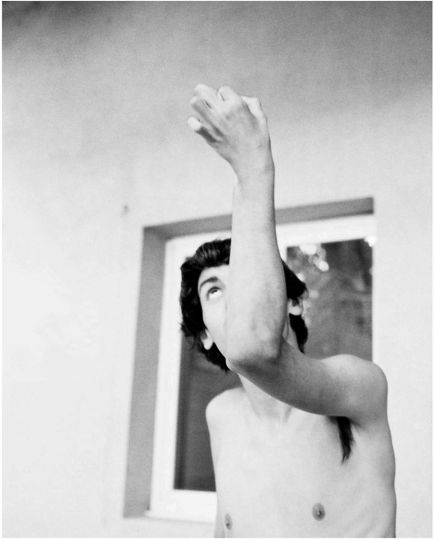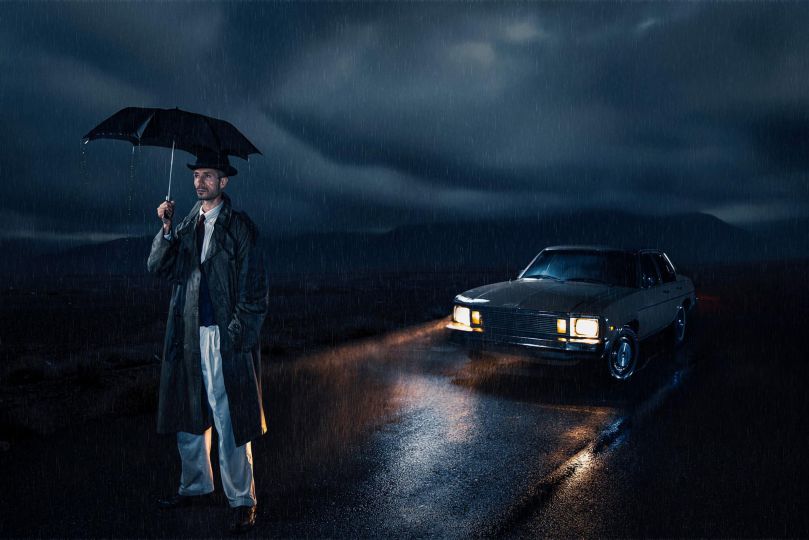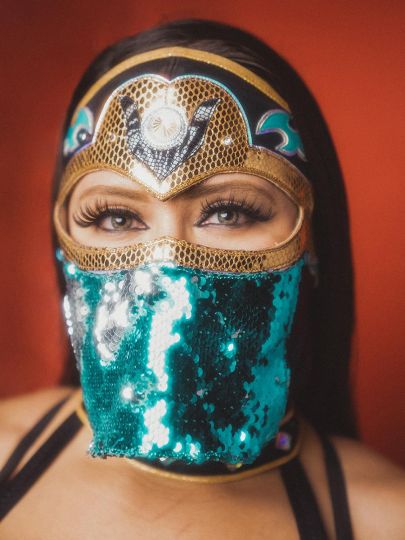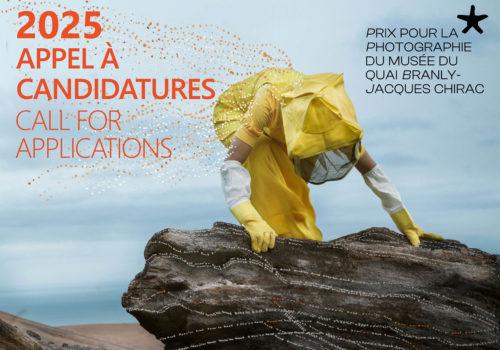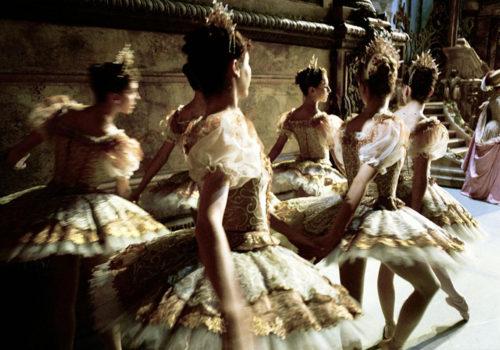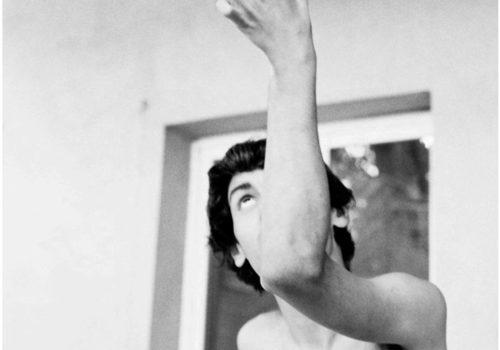Armineh Johannes is a humanitarian/documentary photojournalist. She sends us his reportage on the displaced people of Artsakh (H. Karabakh), following the ethnic cleansing, now live in Armenia.
Displaced people from Artsakh (Karabakh)
I started traveling to Armenia in 1989. I am of Armenian origin (born in Iran); I continued to travel regularly to Armenia to photograph the life of Armenians. I visited Artsakh (H. Karabakh) several times starting in 1990 and covered the first conflict with Azerbaijan which ended in 1994. During my travels to Artsakh, as a documentary photojournalist, I also photographed moments of their daily life.
Between September 19 and 20, 2023, after 9 months of blockade which had deprived the population of Artsakh of food, medicine and all other essentials, Azerbaijan launched a large-scale military offensive against Artsakh (Karabakh), which constituted a violation of the ceasefire agreement signed in 2020.
The September 2023 war led to the ethnic cleansing of the population of Artsakh; Fearing for their lives, the population began to leave Artsakh (Karabakh), where Armenians had lived for 7,000 years, and in just a few days, Artsakh (Karabakh) lost its entire Armenian population. I decided to follow as many people as possible in the different regions of Armenia where they had been displaced and resettled, in order to talk to them and try to tell their story with my photos. It was a very emotional journey for them and also for me as a photographer; sometimes I cried with them while taking their photos.
All 106,000 inhabitants of Artsakh are today displaced and living in different villages and towns in Armenia, having abandoned their lands, their houses, their cars, their livestock….. to save their lives, they left hurriedly in the clothes they were wearing, and could take nothing else with them. Although most of the people I photographed were very emotional and saddened when talking about their painful departure, each of them expressed their hope and desire to return to their ancestral lands. Through my photographs, I tried to capture their emotions, their suffering and perhaps a glimmer of hope in their eyes, even if the future seemed uncertain to them…
Biography
I grew up in Tehran, Iran, where I developed an early interest in photography at the age of 12 when I received an instamatic camera as a gift.
After completing half of my secondary education in Tehran, I went to England in 1970 to complete and pursue higher education and obtained a journalism degree.
Back in Iran, I began my career as a translator and then as assistant reporter, collaborating with media such as UPITN, the American television channels CBS and ABC, during a crucial period in Iranian history marked by the Iranian Revolution. 1979. In 1979, I was one of the five co-founders of the daily newspaper “Tehran Times”. However, about a year after its creation, the newspaper was taken over by the state. During the summer of 1980, just before the outbreak of the Iran-Iraq war, I decided to settle in France. I first studied the French language in Vichy, then I continued my studies in Aix-en-Provence, where I obtained a Bachelor’s degree in History at the University of Aix-Marseille, and later an English degree.
It 1987 I began my career as a photographer with my first trip to Morocco and the High Atlas. In 1989, on the anniversary of the Armenia earthquake (December 7, 1988) I went to Armenia for the first time to take pictures in the cemeteries of Spitak and other towns affected by the earthquake. Since then, I have made several dozen trips to the four corners of Armenia and Artsakh, depicting the life of Armenians.
With the Nagorno-Karabakh movement and the first Karabakh war, I went to the fronts several times between 1990 and 1993 and spent several weeks with the Fedayais. I am among the rare photographers who visited the villages of Getashen, and the villages of Shahumyan province just before Operation Ring in 1991.
In February 1990 the daily newspaper “Le Monde” devoted an entire page to my work and organized an exhibition of around forty of my photographs in its premises in Paris.
In 1990 during the Rencontres Int.’l de la Photographie – Arles, I won first prize in the Photo Service prize and my photos were part of a group exhibition in Arles.
In 1992 the French Minister of Culture, Jack Lang, as well as personalities from the photo world such as Christian Caujole (from the Vu a Paris Agency), Richard Fournet from the Ile de France Photographic Center praised my photographic work on Armenia…….
In 1997, I spent 1 year in Armenia and continued working on my portfolio there. I consider my work on Armenia and my experiences in this country to be the most enriching of my life.
Over the past few years, I have continued to document the lives of Armenians both in Armenia and in other countries in the Middle East as well as in the USA. I continue my work on Armenia until today.
I have had several exhibitions in France, Portugal and the United States.
My humanitarian photography work mainly focuses on the Middle East and the countries of the former Soviet Union. Alongside my in-depth work on Armenia which I continue to this day, during my career, my passion for humanitarian photography has taken me to countries like Georgia, Tajikistan, Uzbekistan, Syria, Lebanon, Jordan, Egypt, the United Arab Emirates, Great Britain and my home country, Iran.
My work has been published in: the Los Angeles Times (USA), Washington Post, Newsweek, Le Monde, Peuples du Monde, Libération, L’Express, Révolution (France), Photo Reporter, France- URSS, UN Multimedia, Foto Pratica ( Italy), l’Autre Journal, Marie Claire (Italy), Pop Eye (Japan), Asahi Graph (Japan), Asahi Magazine (Japan), AIM (USA), La Vie, Femme Actuelle, France-URSS (France), Christian family, Photography (England), Quantara (France), ENA (Greece), Refugees (France), Nouvelles d’Armée Magazine (France), …
https://plus.wikimonde.com/wiki/Armineh_Johannes
https://arminehjohannes.photodeck.com/-/galleries/photographies-armnie



